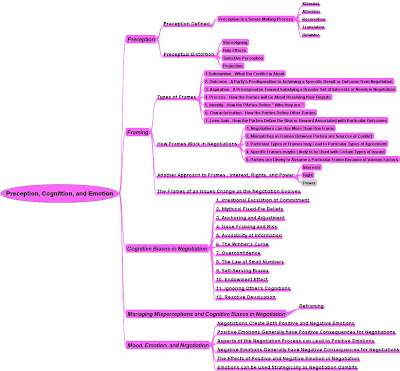
Summary
In this chapter, I had learned to do as the following:
-Achieve a positive ethos through tone and style.-clearly and concisely.
-Use language correctly.
-Employ efficient editing techniques.
This chapter introduce that in the leadership communication, I need to reflect an appropriate tone and develop a confident style because the readers assume the ethos through both of them. I must make sure that our language is clear, crisp, and meaningful. The article has listed 10 guidelines to us for reference.
1) Avoid the overuse of the passive voice – the actor should come first in the sentence.
2) Avoid expletives, such as “there is” or “it is” – watch for the “it is …that” construction in particular.
3) Avoid the use of prepositional idioms.
4) Avoid the overuse of relative pronouns – who, which and that.
5) Avoid the repetition of words and ideas.
6) Do not overuse descriptive words, particularly adverbs.
7) Avoid weasel words, ambiguous noncommittal words.
8) Be aware of jargon and other kinds of gobbledygook.
9) Avoid nominalizations.
10) Finally, avoid redundancies.
As a leader, you want your audience to percieve positive ethos in your tone,to see you as confident,and to trust and believe you.This chapter begins by discussion how you an achieve a positive ethos throught your writing and speaking style,which your audience percieve as your tone.It provides ways to make your style more concise and, by doing so, ensure that you sound more forceful and confident.It then reviews briefly the correct use of language expected in leadership communication and concludes by showing you techniques the help you edit your own work.






















